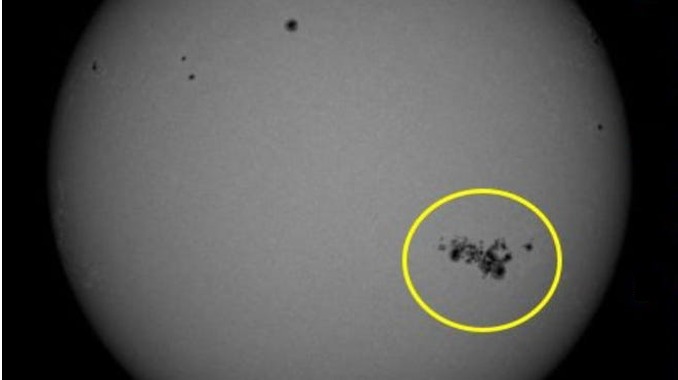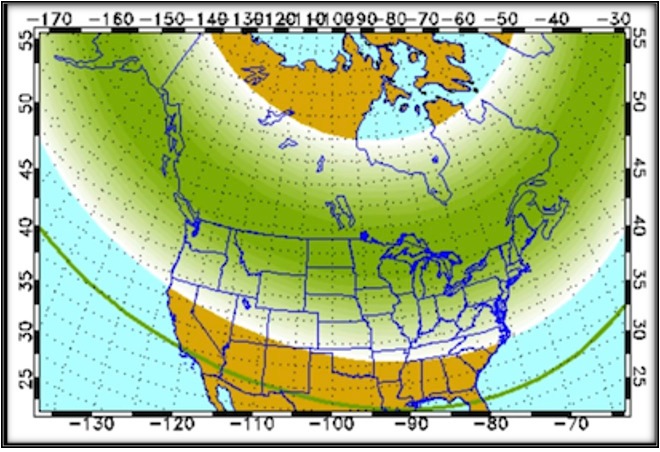About solar activity and geomagnetic storms
MSc Eduardo Tirado Bueno, etirado@inaoe.mx
Postgraduate Program in Space Science and Technology
The Sun is a star, the closest to Earth and, as such, its time scales are very large. Its age is estimated at 4.5 billion years. However, phenomena occur on the Sun on very small time scales, for example, on the order of hours, and some phenomena even occur in times of a few minutes. In the days around May 10, the Sun has emitted several Coronal Mass Ejections (CMEs). A CME is a phenomenon in which the Sun expels large amounts of plasma into the interplanetary medium. On this journey of said plasma it also carries a magnetic field with it.
CMEs originate in the solar corona and those that are directed towards the Earth can cause a geomagnetic storm, which is the response of the Earth's magnetosphere to the interaction of these plasma ejections with the Earth's magnetic field. The plasma from a CME interacts with the Earth's magnetic field and can produce variations in the magnetosphere, which can be slight or very large. To describe the activity level of the magnetosphere, several indices have been defined, such as Dst and Kp. The KP index can have values from 1 to 9, with the highest value being for very intense geomagnetic storms. It is worth mentioning that there are five possible values (G1 to G5) related to the values of the Kp index achieved, and indicates the average frequency with which they appear in each solar cycle.
According to the National Oceanic and Atmospheric Administration (NOAA) of the United States, a category G5 geomagnetic storm was recorded with a Kp index of 8.3. It is a very intense storm that occurred due to activity in an active region (AR), classified by NOAA as AR3664 (Figure 1), in which a group of spots observed has the size of 16 times the diameter of the Earth. In this RA, a series of moderate to strong solar bursts associated with CMEs occurred. Due to this, greater activity is expected from this active region in the coming days. The last time a storm of this intensity was recorded this century was in October 2003.

Figure 1. Active Region (AR3664). Courtesy: NOAA, Space Weather Prediction Center.
These events can have far-reaching consequences and even affect the entire interplanetary environment of the solar system. They can cause various impacts on Earth, the most spectacular of which is the appearance of auroras (boreal at the North Pole and austral at the South Pole) and disturbances in radio communications, navigation systems and electrical networks. The importance of this group of sunspots is that it is very similar to a group of spots observed in 1859 and that produced the known Carrington event, which caused the collapse of the technology available at the time, for example, telegraph systems suffered massive failures in some countries.
Although there is a small possibility of this occurring, it is advisable not to be too alarmed, since so far monitoring of this group of spots has identified that their variations over time are moderate. What can be said, with certainty, is that we will have the occurrence of auroras at various latitudes (Figure 2). However, our space technology is more sensitive, a clear example happened in February 2022 when the Starlink company suffered the loss of 40 satellites due to an eruptive process of the Sun.

Figure 2. Prediction of the occurrence of auroras due to the geomagnetic storm recorded on May 10, 2024 in North America.
Luis Enrique Erro # 1, Tonantzintla, Puebla, México, Código Postal 72840, Tel: (222) 266.31.00, difusion@inaoep.mx
This work is licensed under a Creative Commons Attribution-NonCommercial-NoDerivs 2.5 Mexico License.


